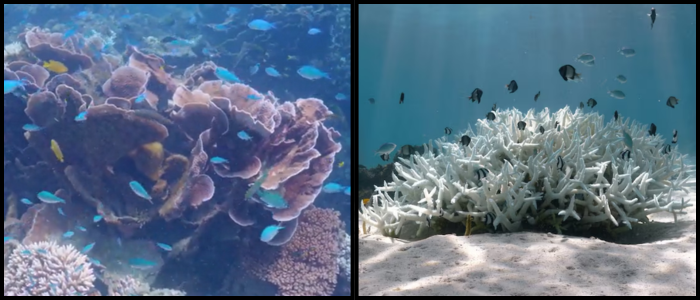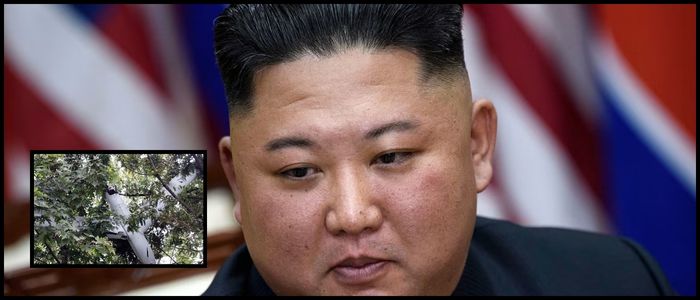Severe Impact Across Multiple Regions
Scientists say many of the reefs were already threatened and experienced anywhere from 15 to 30 percent bleaching in a way that is expected to lead to widespread death and knock-on effects for mortality on everything else supported by corals. For Western Australia's northwestern and central oceanic reef systems, the 2024–25 season is confirmed as the second-worst mass bleaching event recorded. But even such areas once considered resilient have suffered, as evidenced in the Rowley Shoals, north Kimberley and Ningaloo. The destruction of Ningaloo Reef, also listed as a World Heritage site, reflects the significant damage that has struck the Great Barrier Reef in recent years.
Coral Survival Threatened by Climate Change
Climate change-related bleaching events are happening more often, harder and over larger areas at a time when the hunger necessary for reefs to rebuild has just 10–15 years. The single biggest danger to reefs around the world is increasing carbon emissions. Even if temperature increases are limited to a maximum of 1.5°C above pre-industrial levels, the global projections suggest that between 70–90% of tropical coral reefs could still be lost.
World

Worst Coral Bleaching Hits Western Australia Reefs

Western Australian coral reefs have suffered their most significant bleaching on record after the state's longest and most intense ocean heatwave. Extended heat stress from last August through May caused mass coral bleaching—the corals eject their life-providing and colourful zooxanthellae. The bleaching process, which is deadly to corals, has taken place along a 1,500km (932-mile) stretch of the World Heritage-listed site, and involved large swathes of otherwise pristine areas unaffected by previous bleaching.















